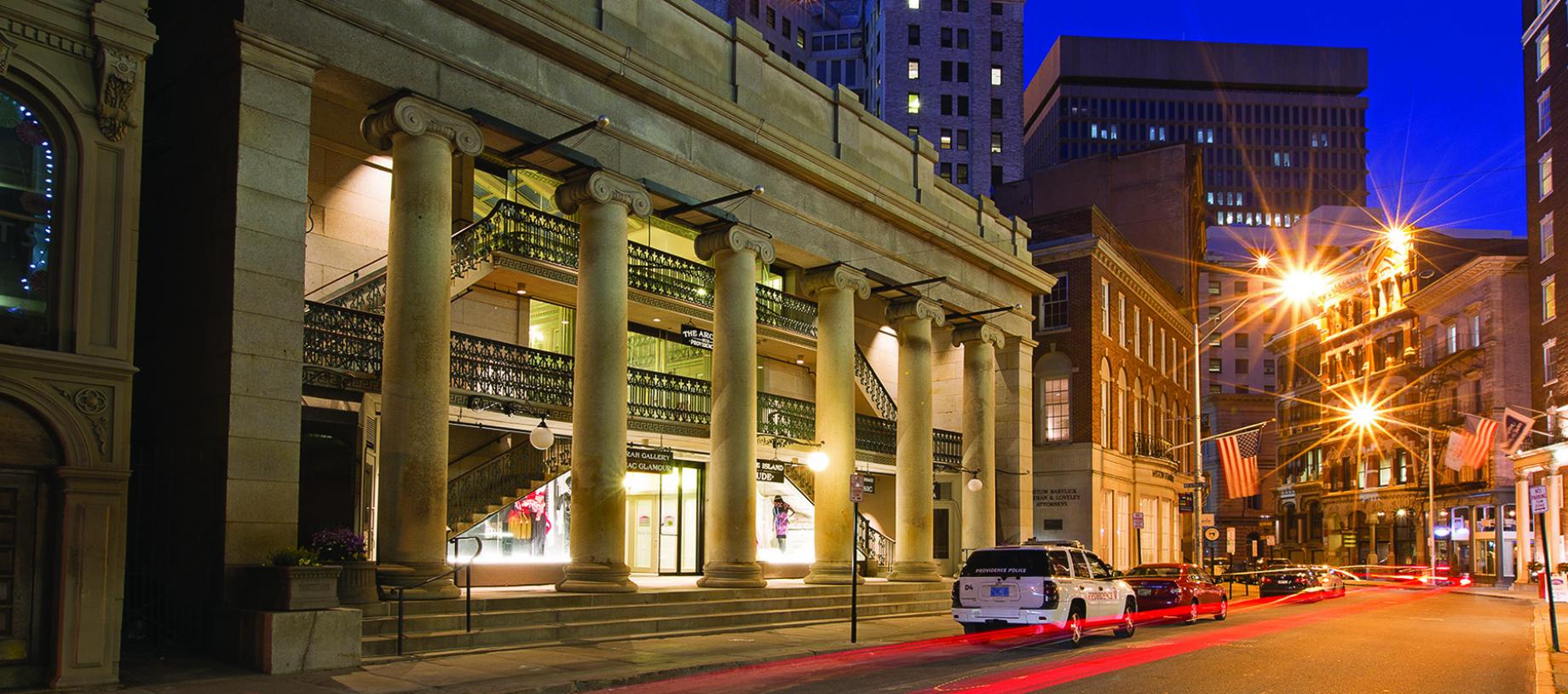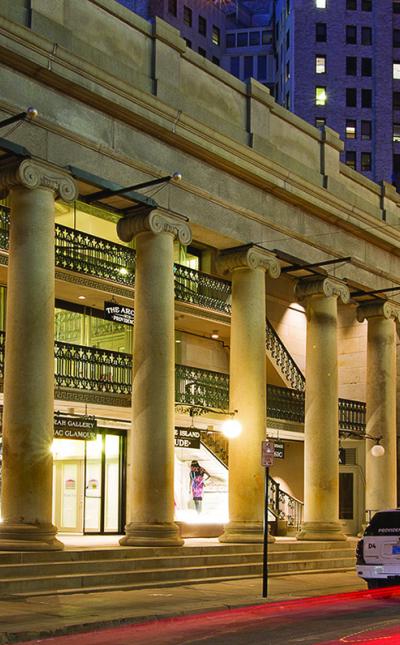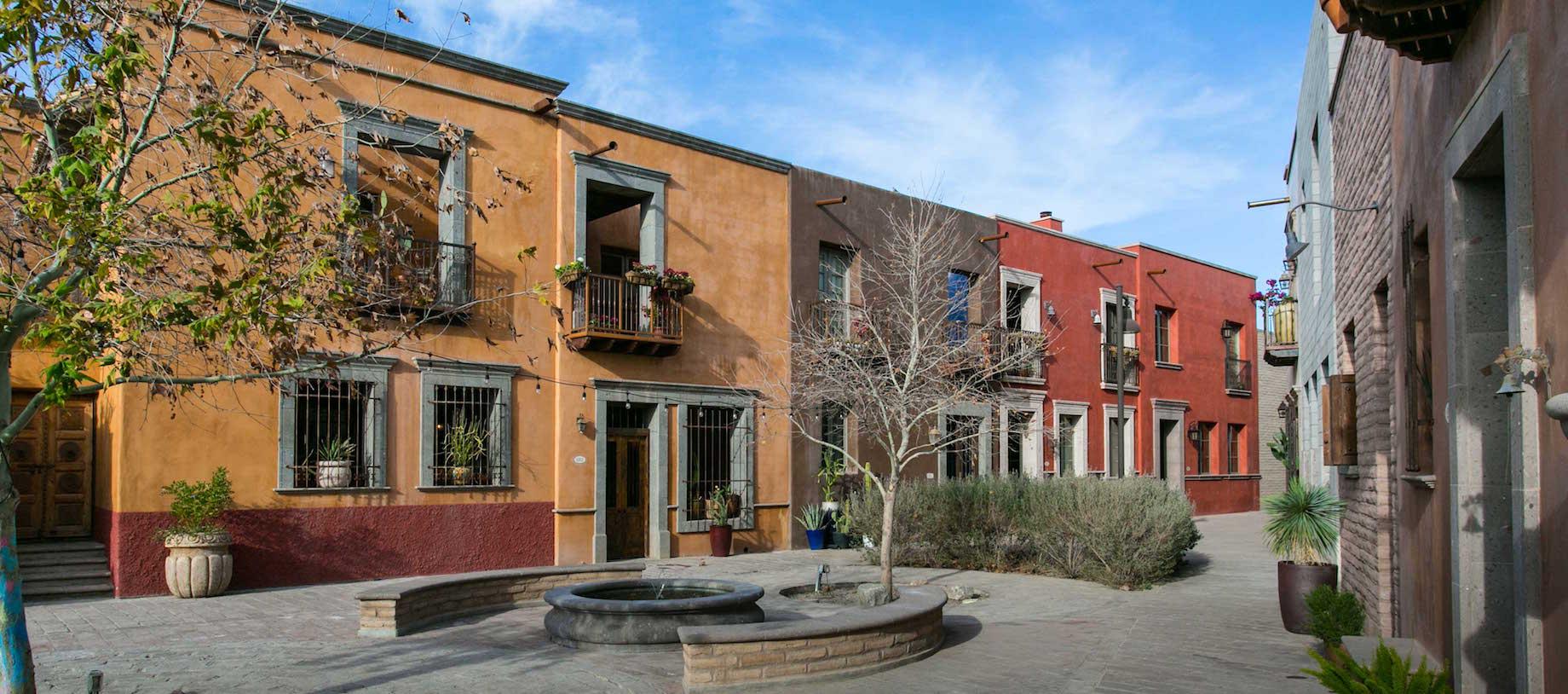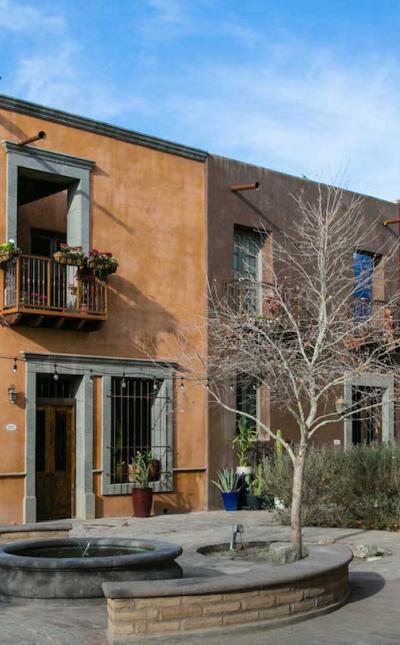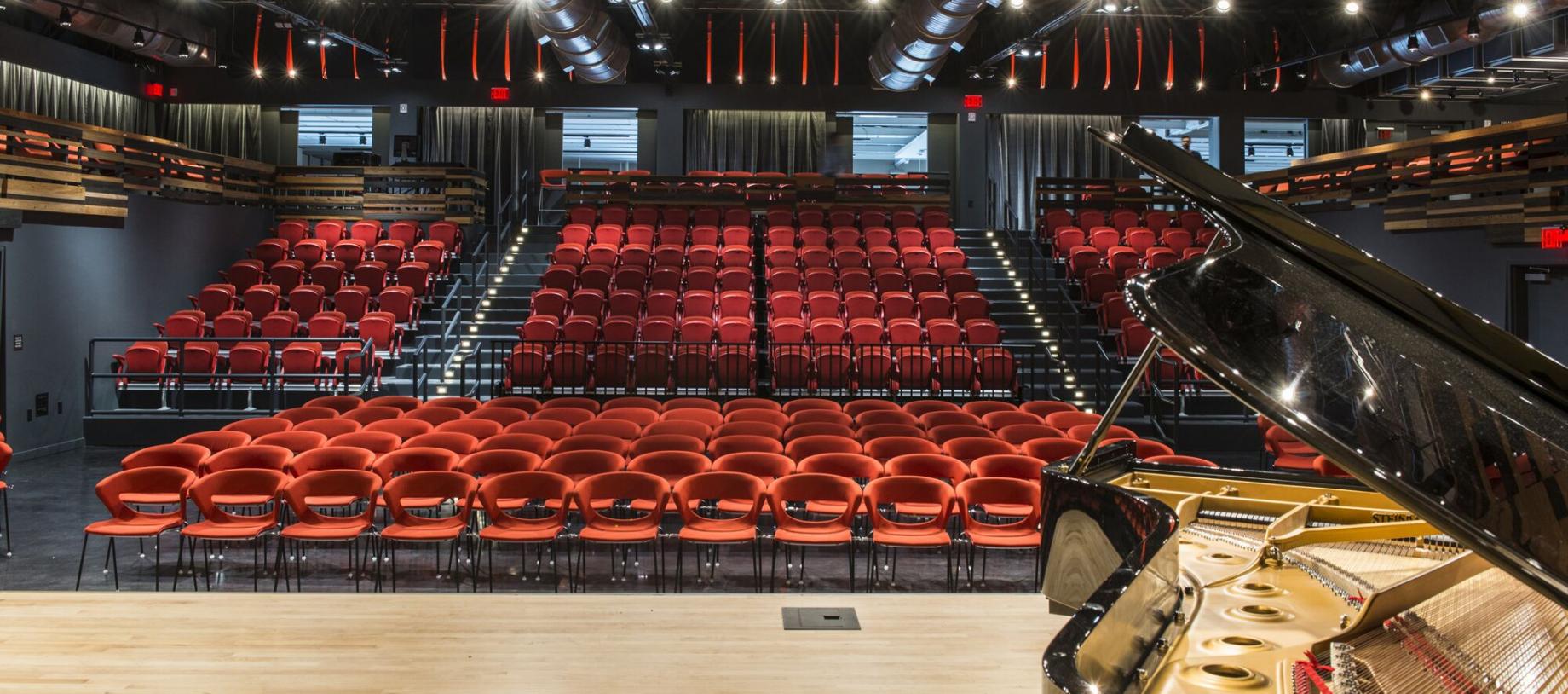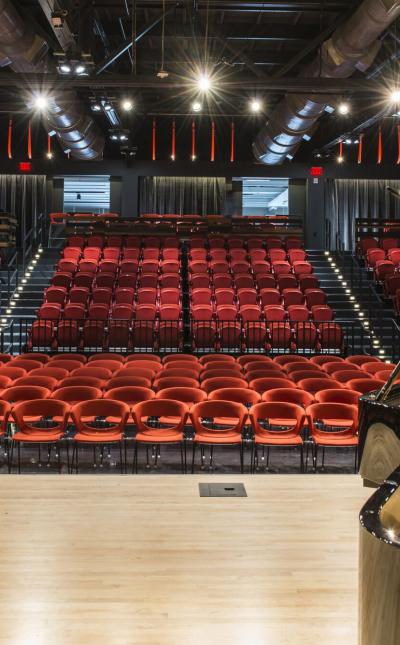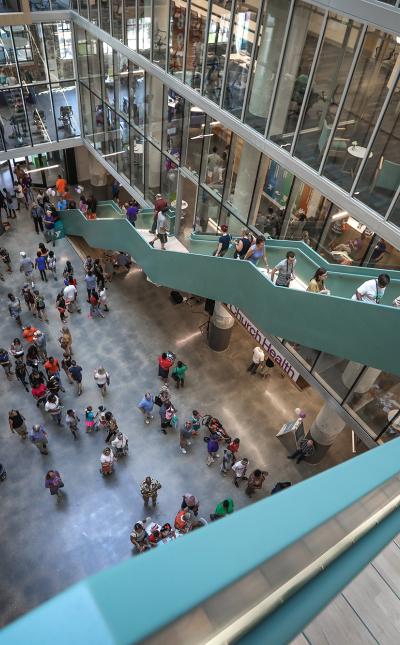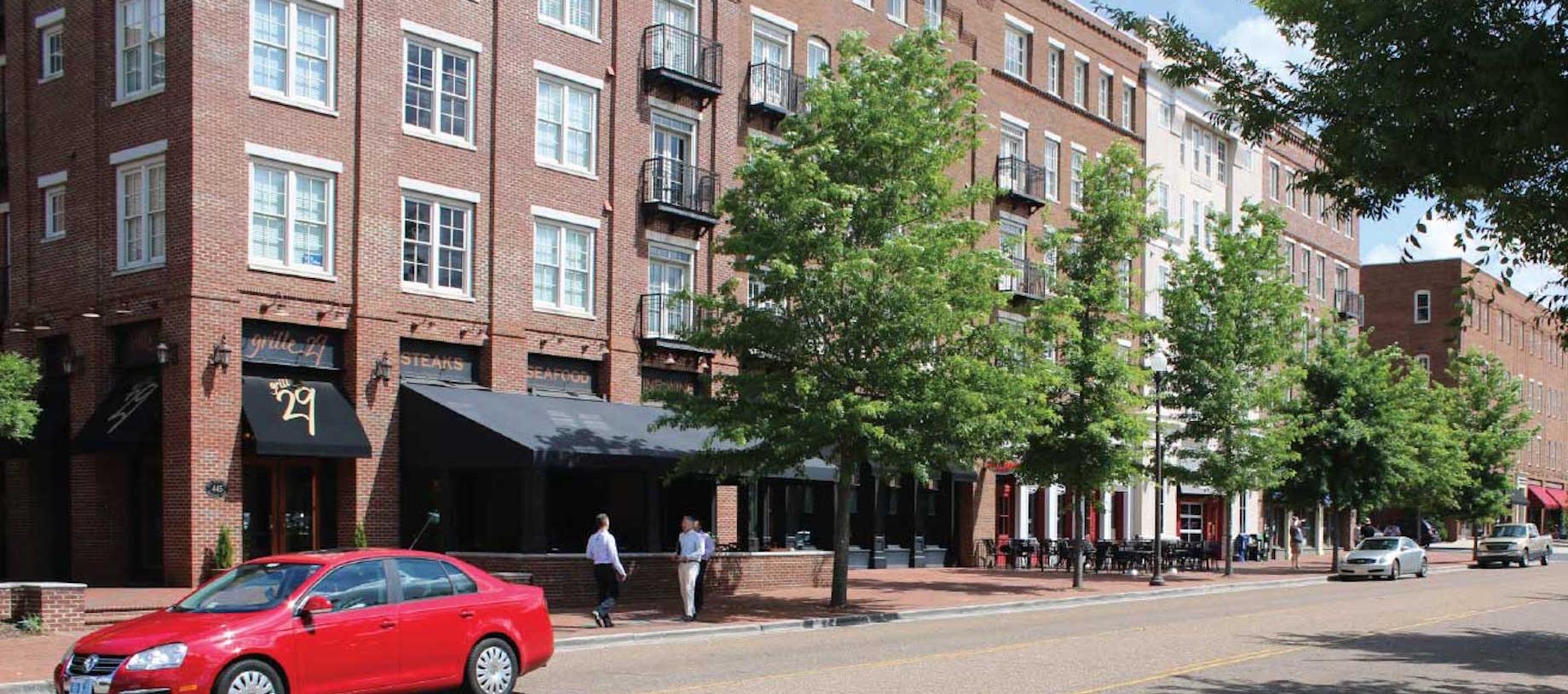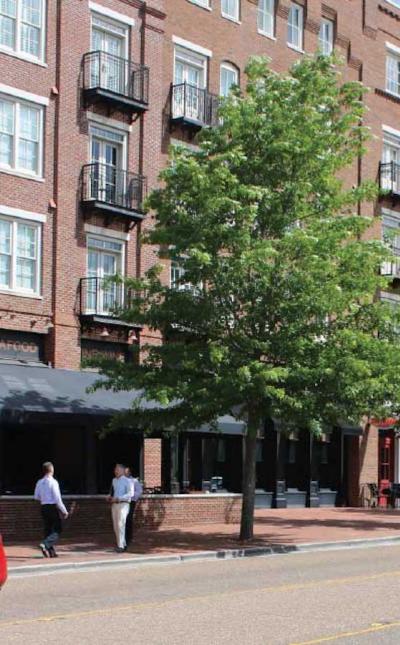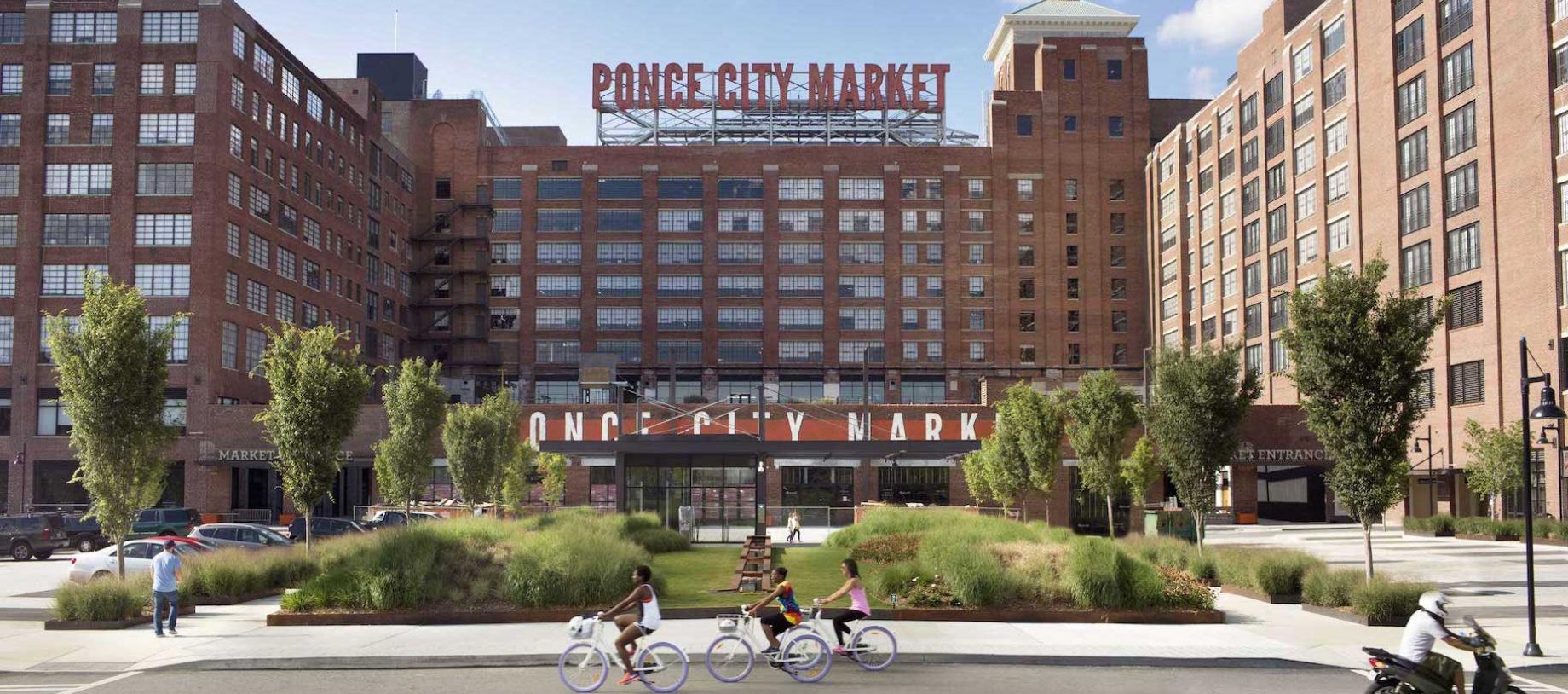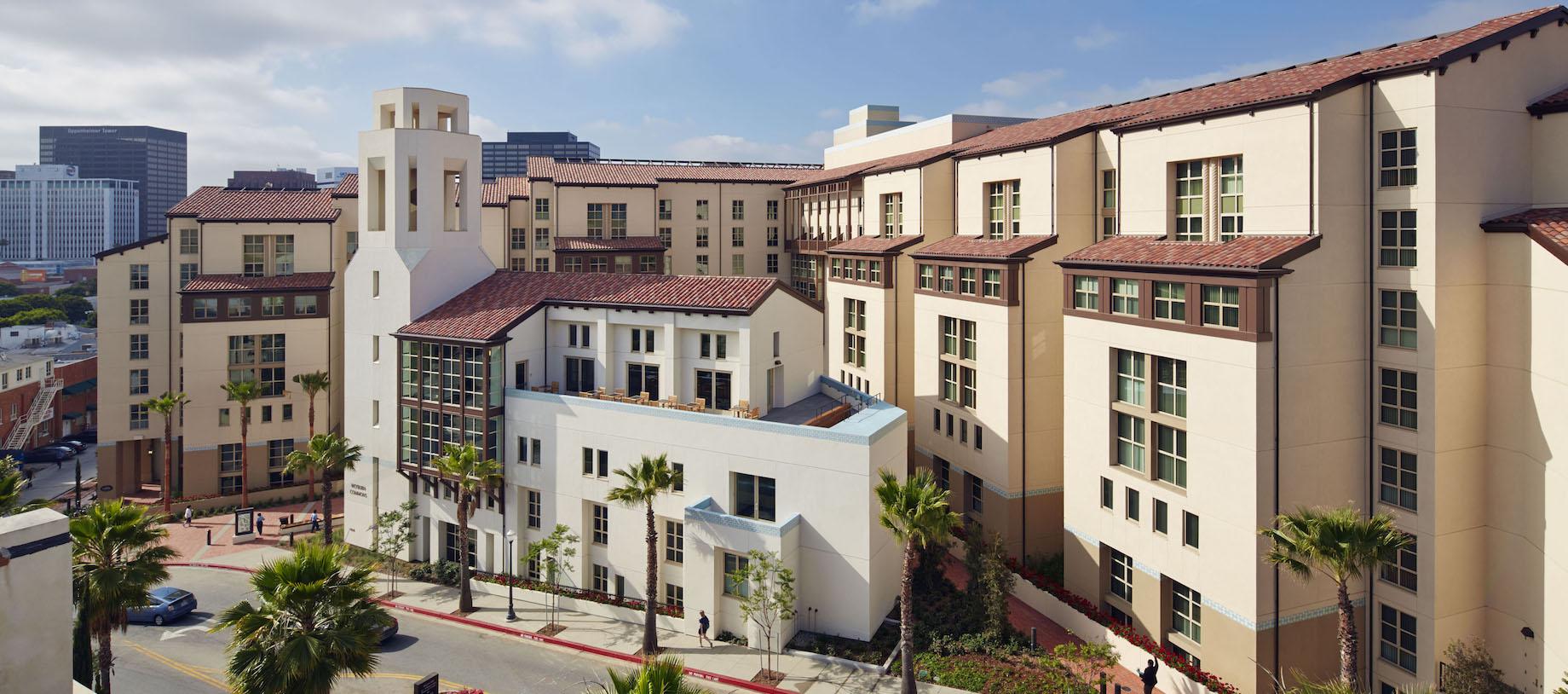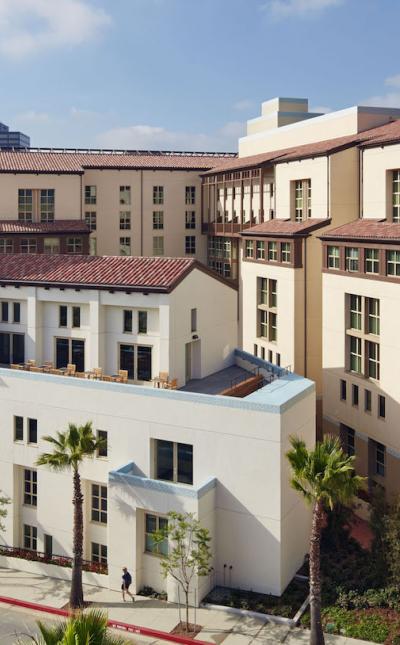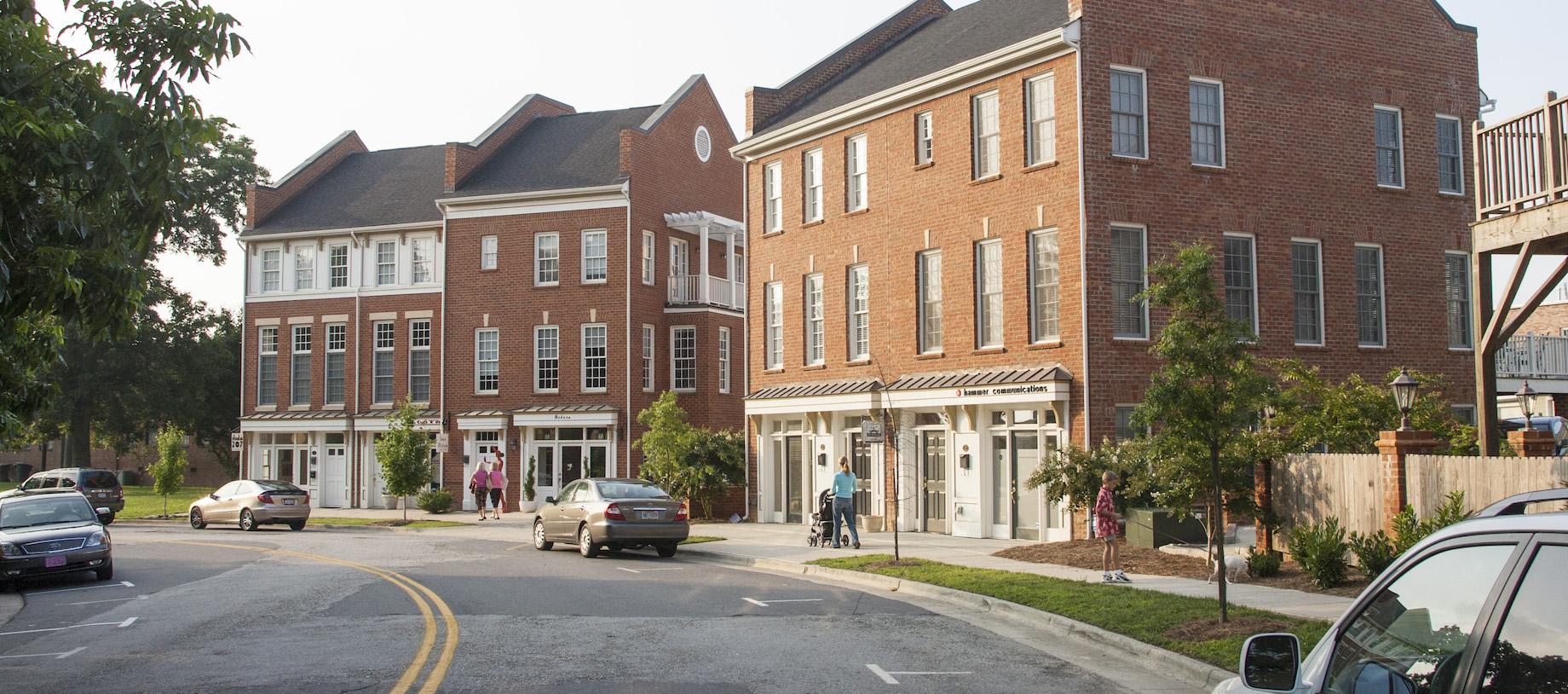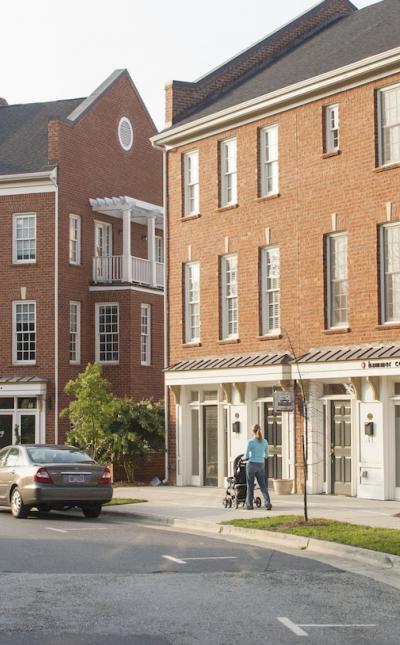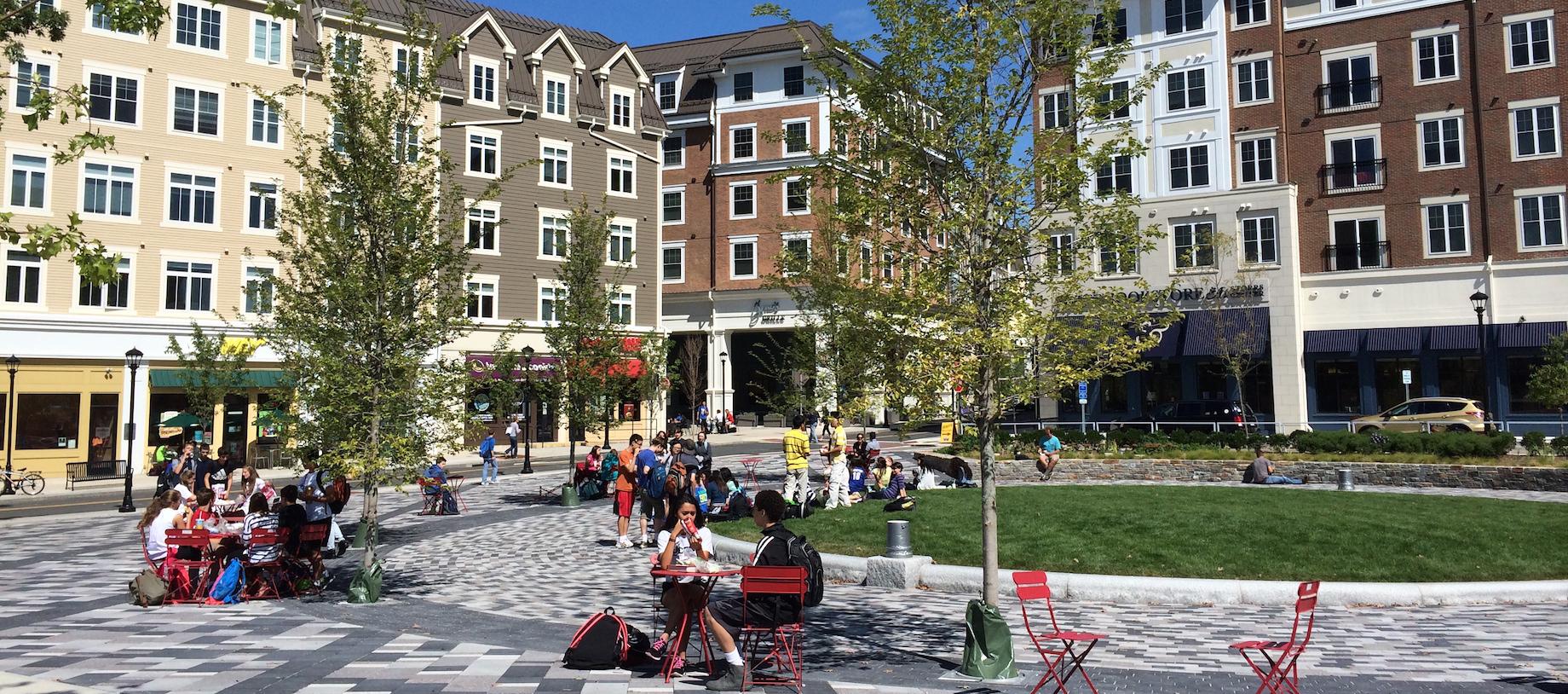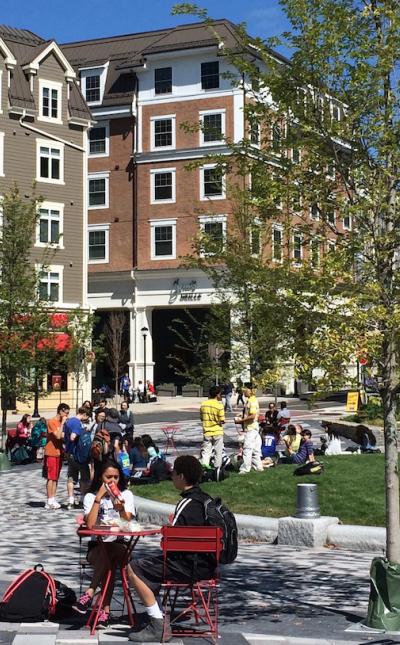CNU's Resources
Concepts
Guides for codes and zoning often include suggestions for land use code, zoning regulations, subdivision regulations and ordinances, overlay district regulations, special use and adjudicative permits, transportation policies, street standards, design guidelines, parks and open space plans, etc.
- Form-Based Codes: A form-based code is a land development regulation that fosters predictable built results and a high-quality public realm by using physical form (rather than separation of uses) as the organizing principle for the code. A form-based code is a regulation, not a mere guideline, adopted into city, town, or county law. A form-based code offers a powerful alternative to conventional zoning regulation.
- Form-based codes address the relationship between building facades and the public realm, the form and mass of buildings in relation to one another, and the scale and types of streets and blocks. The regulations and standards in form-based codes are presented in both words and clearly drawn diagrams and other visuals. They are keyed to a regulating plan that designates the appropriate form and scale (and therefore, character) of development, rather than only distinctions in land-use types. For more information on codes, visit the Form-Based Codes Institute's website here.
- SmartCode: The SmartCode is a model transect-based planning and zoning document based on environmental analysis. It addresses all scales of planning, from the region to the community to the block and building. The template is intended for local calibration to your town or neighborhood. As a form-based code, the SmartCode keeps settlements compact and rural lands open, literally reforming the sprawling patterns of separated-use zoning. For more information on SmartCodes, visit the Center for Applied Transect Studies (CATS) website here.
- *The Codes Study, a collaborative effort led by Hazel Borys and Emily Talen and contributed to by many public and private planners, tracks the prevalence of form-based codes worldwide. As of January 2015, we’ve tracked 584 codes that meet criteria established by the Form-Based Codes Institute (FBCI), as well as an additional 16 form-based guidelines.
Articles and Journals
- Bohl, Charles, and Elizabeth Plater-Zyberk, eds. "Building Community Across the Transect." from Places, Vol. 18, Issue 1, 2006.
- Brain, David, and Andrés Duany. "Regulating as if Humans Matter" from Regulating Place: Standards and the Shaping of Urban America, Routledge, 2005, pp. 293-332.
- Duany, Andrés. "Notes Towards a Reason to Code." from Perspecta 35: The Yale Architectural Journal - Building Codes, 2004: special insert between pages 32 & 33.
- Duany, Andrés, and Emily Talen. "Making the Good Easy: from The SmartCode Alternative." Fordham Urban Law Journal, Vol. 29, No. 4, pp. 1445-1468.
- Duany, Andrés, and Emily Talen. from "Transect-Based Planning and the SmartCode." Council Report IV, The Town Paper, 2003: p. 51.
- Harry, Seth. "The Retail Transect in a Regional Context." Council Report VI, The Town Paper, 2004, p. 22.
- Sorlien, Sandy, "All Green is Not Good: Sustainability by the Transect," Council Report VII, The Town Paper, 2008, pp. 26-27.
- The American Planning Association's Smart Growth Codes report
- How Zoning Restrictions Make Segregation Worse by Richard Florida, January 2016.
- Can Zoning Save a Downtown? by Kaid Benfield, February 2012.
- The Right Way to Zone for Transit-Oriented Development by Kaid Benfield, May 2012.
- Want Affordable Housing? Look to the Zoning Code by Amanda Erickson, May 2012.
- The Birth of Zoning Codes, a History by Amanda Erickson, June 2012.
- How a Century-Old Zoning Law Shaped the Manhattan Skyline by Stephen Eide, July 2016.
- Ways To Fail At Form-Based Codes: Don’t Articulate A Vision by Hazel Borys, February 2013.
- Assessing Criticisms Of Form-Based Codes by Kaizer Rangwala, April 2013.
- Market-Responsive Form-Based Codes by Rob Steutville, May 2013.
- Strategies For Project Review Under A Form-Based Code by George Proakis, December 2013.
- Dialing-In Your Zoning To Fit Your Community Tony Perez, May 2014.
- Ped-Bike Advocates and Urbanists: Get Together by Rob Steutville, July 2014.
- Finding The Right Path Through Design Review by Kaizer Rangwala, July 2014.
- Misconceptions About Form-Based Codes by Tony Perez, October 2014.
- The Frontier of Form-Based Codes by Alan Mammoser, December 2014.
- 5 Questions for Joel Russell about Form-Based Codes by Joel Russell, February 2015.
- A Small City with a Big Vision: Chattanooga’s New Form-Based Code by Steve Price, June 2016.
- Jones, Rachel K., "Zoning Barriers to the Implementation of New Urbanist Land Use Principles in Lincoln, Nebraska" (2012). Community and Regional Planning Program: Student Projects and Theses. Paper 15.
Other Recommending Readings
- Form-Based Codes A Guide for Planners, Urban Designers, Municipalities, and Developers John Wiley & Sons, 2008 By Daniel G. Parolek, AIA, Karen Parolek, and Paul C. Crawford, FAIC
- A Legal Guide to Urban and Sustainable Development For Planners, Developers and Architects John Wiley & Sons, 2008 By Daniel K. Slone, Doris S. Goldstein and W. Andrew Gowder
- City Rules: How Regulations Affect Urban Form Island Press, 2011 By Emily Talen, Ph.D
- Form-Based Codes in Seven Steps The Michigan Guidebook to Liveability CNU Michigan, 2010
- Form-Based Codes: A Step-by-Step Guide for Communities Chicago Metropolitan Agency for Planning
- Miami Transformed Rebuilding America One Neighborhood, One City at a Time University of Pennsylvania Press, 2014 By Manny Diaz
- Principles of Urban Retail Planning and Development John Wiley & Sons, 2012 By Robert J. Gibbs
- The New Urbanism Toward an Architecture of Community McGraw-Hill By Peter Katz
- Urban Coding and Planning Routledge, 2011 By Stephen Marshall
- Smart Growth Zoning Codes: A Resource Guide by Steve Tracy, 2003.
Tools
- FBCI courses and webinars
- APA's Zoning Practice trend monitor.
- Smart Growth America Implementation Toolkit: Code and Zoning Audit
- You can use this tool as a guide to understanding your community's codes and zoning regulations. It will help you appreciate which regulations are critical to achieving smart growth and how standards imposed by regulation can enable or hinder smart growth.
- You can use this tool to learn more about a how each smart growth principle is expressed in regulations and to understand what kind of regulations support the principle.
- You can use it to audit one specific topic (such as street connectivity) of your codes and zoning regulations.
- You can conduct a full audit of all your community's codes and zoning regulations.
- You can also use this tool to review proposed changes in your community's codes and zoning regulations
- EPA's Getting to Smart Growth: 100 Policies for Implementation
- EPA's Getting To Smart Growth II 100 More Policies For Implementation
- CityLab's curation of zoning thinkpieces
- Subregional Planning Community Planning Zoning Toolkit
- Planner's Web Zoning Basics
- The Institute for Local Government's Glossary of Land Use and Planning Terms
Champion Codes and Best Practices
- FBCI's Library of Codes- broken down by physical context, organizing principle, implementation method, development type, and special features.
- FBCI's Driehaus Award Recipients
- Interactive Google map of SmartCodes adopted
- Interactive Google map of SmartCodes in progress
- 2016 Full Code Study findings by Hazel Borys, Emily Talen, and Matthew Lambert
- The Codes Project: An Anthology of Regulations That Have Shaped Urban Form
- New Designs for Growth's library of best practices

